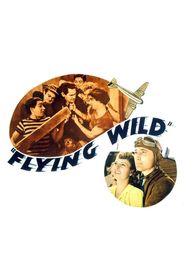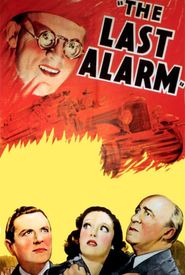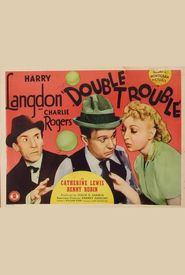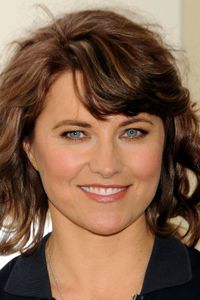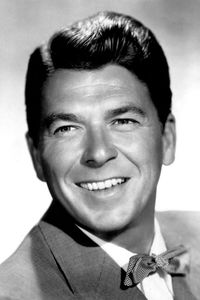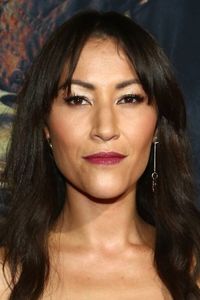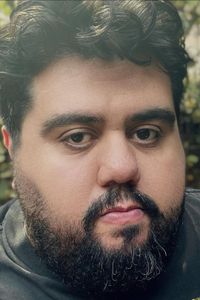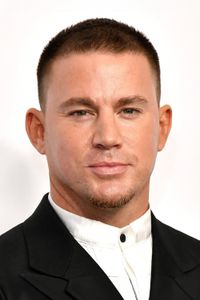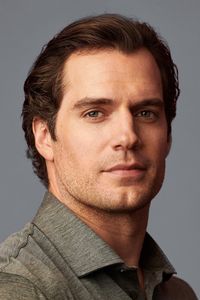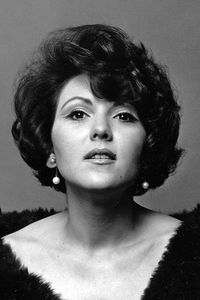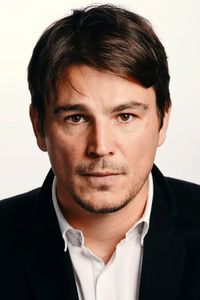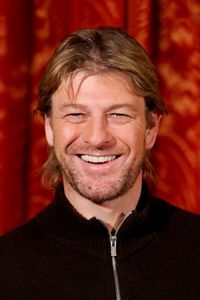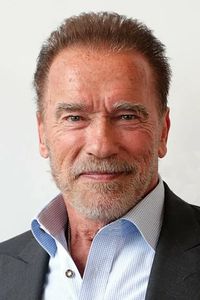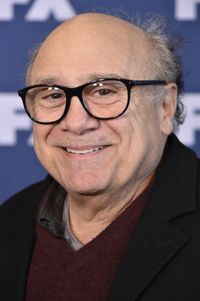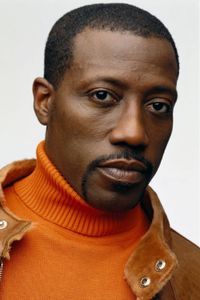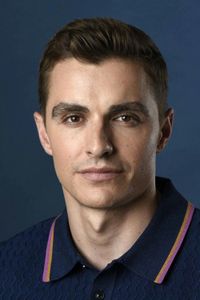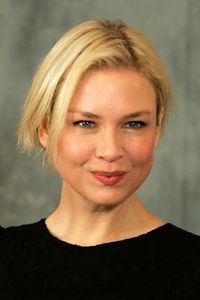Here is the biography of William Beaudine:
William Washington Beaudine was born on January 15, 1892, in New York City. He started his career in the film industry as a prop boy, factotum, and extra in 1909 with American Mutoscope and the Biograph Co. He worked with D.W. Griffith, the father of the American film, and began appearing as an actor in Mack Sennett's Biograph films in 1912. Beaudine was an assistant director or second-unit director on 55 movies from 1911-14. He wed Marguerite Fleischer in October 1914 and moved to California.
Beaudine directed his first film in 1915 and continued to work behind the camera while appearing in front of it in 44 films through 1915. He made his debut as a director with the "Ham and Bud" comedy series in 1915 and served as an assistant to Griffith on his seminal masterpiece "The Birth of a Nation" (1915) and its follow-up, "Intolerance" (1916). By 1916, Beaudine was making $100 per week as a director and turned out as many as 150 short comedies before graduating to feature film assignments in 1922.
Beaudine's attitude towards most of the films he was shooting at the time can be summed up by an incident in the 1940s, when he was informed that an East Side Kids quickie he was making for Monogram was falling behind schedule. His reply was, "You mean someone out there is actually waiting to see this...?"
Beaudine churned out low-budget films by the gross, in a wide variety of genres. He was renowned for his skill at working with children, which won him two assignments directing films for Mary Pickford at United Artists: "Little Annie Rooney" (1925) and "Sparrows" (1926). Beaudine's finest silent film is generally considered to be "The Canadian" (1926),based on a story by W. Somerset Maugham.
By the time talkies arrived, Beaudine was a top director in Hollywood, his salary increasing from $1,250 a week in 1925 to $2,000-$2,500 a week in 1926. For directing the "Izzy and Mike" (Jewish/Irish comedy) "The Cohens and the Kellys in Paris" (1928) in 1928, he earned $20,000 (approximately $215,000 in 2006 terms),which was not bad considering the speed at which he turned out his films.
Unfortunately, like many other Americans, Beaudine was heavily leveraged in the stock market and was virtually wiped out by the Crash of '29. He moved to England in 1935 and directed more than a dozen films there before returning to the US. Once home, however, he discovered that during his absence Hollywood got along just fine without him, and he couldn't find a job for two years.
By the end of the 1940s, Beaudine had churned out 60 movies. Still, he was regarded highly enough as a man who could make a movie quickly and efficiently to command a salary of $3,000 per week for "The Lawton Story" (1949),an adaptation of a Passion Play staged in Lawton, OK.
In the 1950s, Beaudine slowed down somewhat, making only 23 films, most of them for Allied Artists (formerly Monogram). A quarter-century after directing superstar Mary Pickford, Beaudine was reduced to piloting a washed-up, drug-addicted former Dracula and two Dean Martin and Jerry Lewis clones in the pathetic "Bela Lugosi Meets a Brooklyn Gorilla" (1952).
In 1947, two years after giving the world the landmark naughty picture "Mom and Dad", Beaudine was contracted by an evangelical Christian organization, the Protestant Film Commission, to make a religious-themed movie. It was successful and the PFC hired him on a regular basis to make more films. By 1955, Beaudine had directed ten of them for the Commission, all crafted to spread the word of God and convert non-believers to Christianity.
Beaudine's ability to overlook almost anything in order to get film into the can would prove a huge advantage in television. In the 1950s, he moved into that medium, directing hundreds of episodes of popular series, including shows for Walt Disney. By the 1960s, he was one of the principal directors on "Lassie" (1954),eventually passing the baton on to his son, William Beaudine Jr., upon his retirement from the show.
At the time of his retirement in 1967, William Beaudine was the oldest active director in Hollywood. He died in Canoga Park, CA, on March

